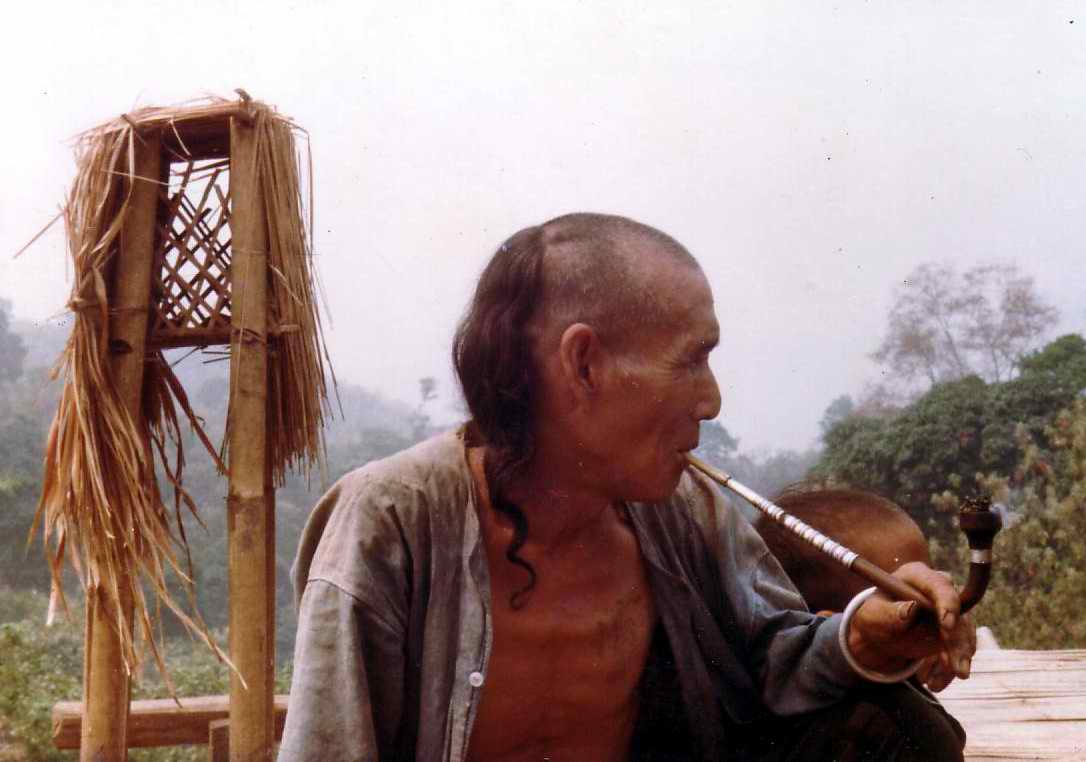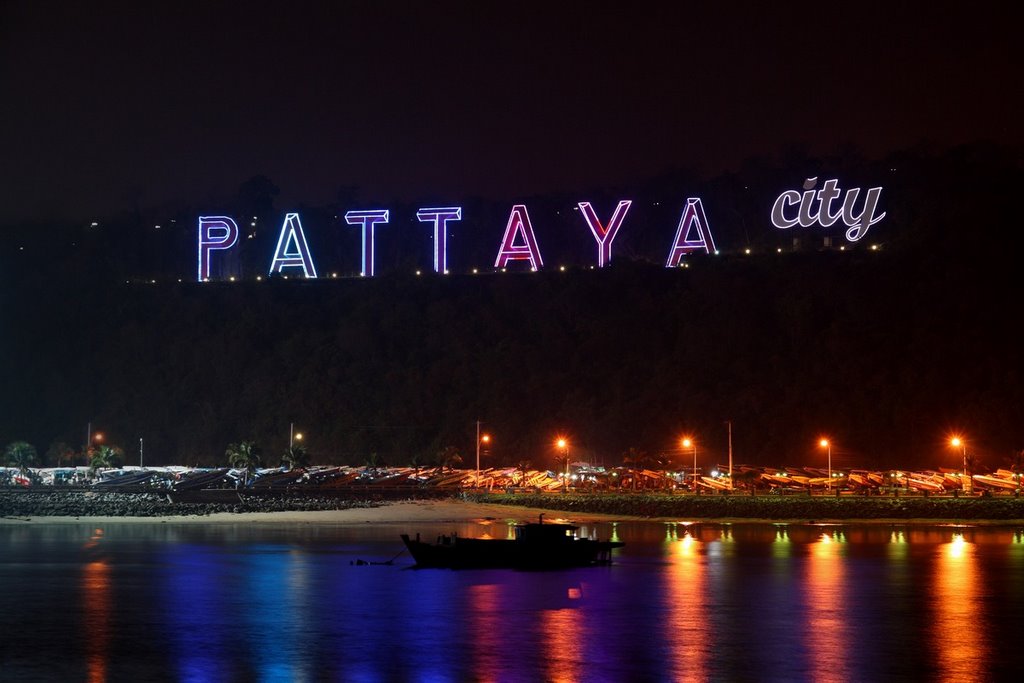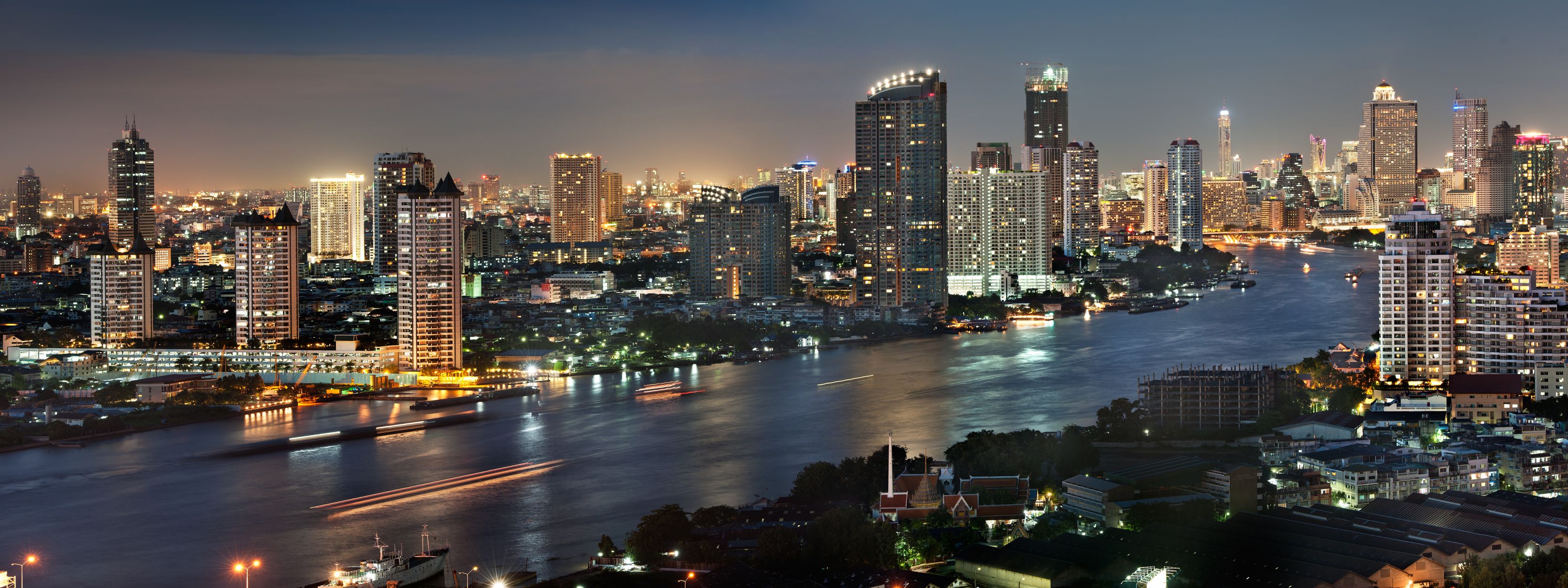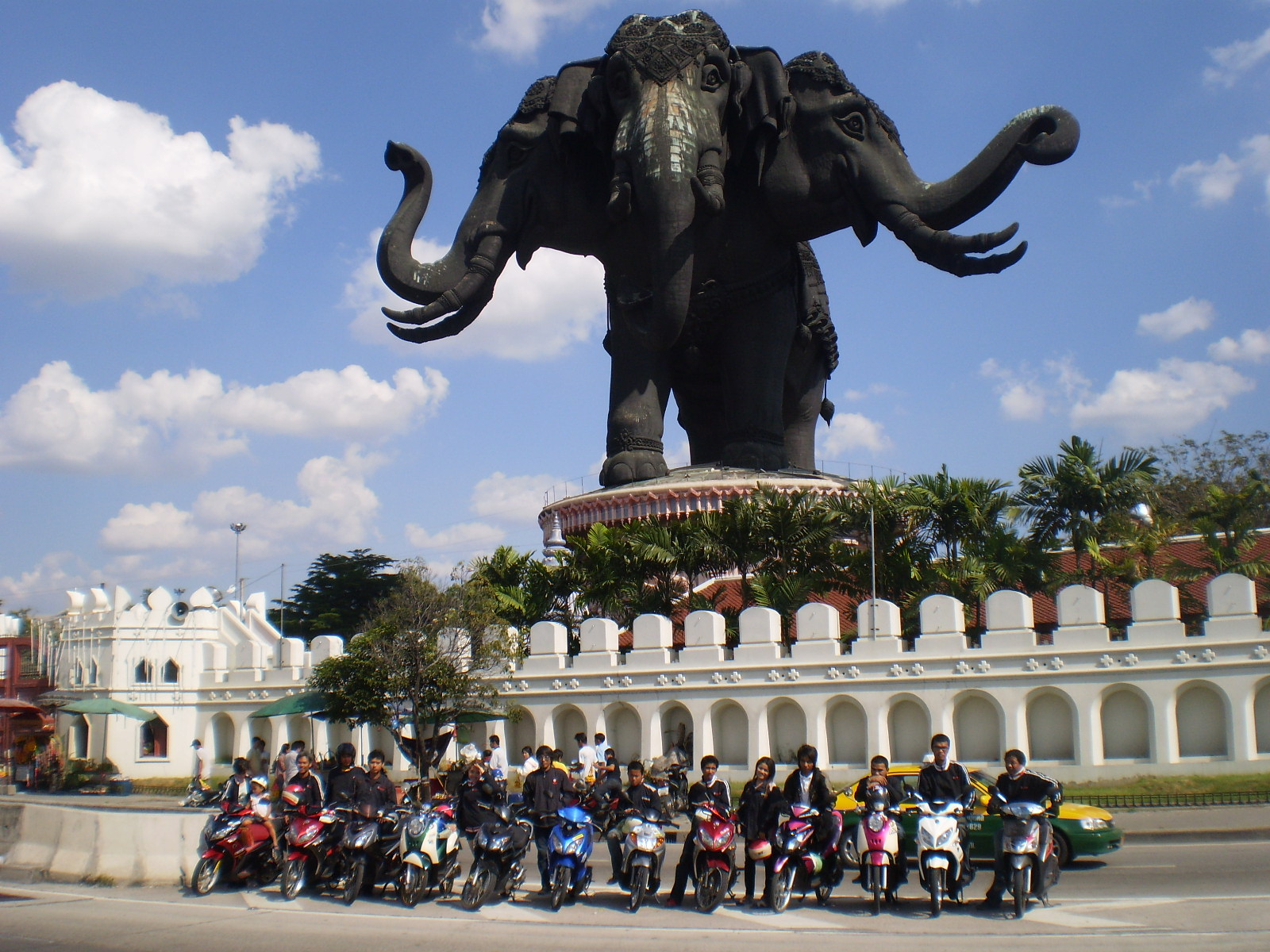In 1908, President Theodore Roosevelt of the United States, concerned about the worldwide trades in narcotics, lobbied the leaders of a number of European and Asian countries to create an International Opium Commission. This forum met in Shanghai, China between 5 and 26 February 1909 and was charged with task of establishing methods to control narcootics. Delegates came from the United States, Great Britain, France, the Netherlands, Portugal, Germany, Italy, Austria-Hungary, Russia, Persia, China and Thailand.
The delegates to the commission had no power to compel any nation to adhere to its findings an recommendations. In fact, the final resolution pf the commission, althought carefully qualified recommendations, were left unsigned by the various delegates. Instead, they voted that the commission President, and American, should sign on behalf of them all. Prior to the outbreak of the First World War in 1914 there were three further international conferences at The Hague, all under the leadership of the United States.
To give some idea of the extent of the opium trade, the number of chests imported into Thaland through Bangkok between 1911 and 1912 was 1,270. These imports peaked in the years 1914, 1915 and 1916 when around 2,000 chests of opium came into the country. At the same time, the number of retail opium shops grew from 2,985 in 1912-1913 to a peak of 3,132 in 1914-1915.
Following the end of the First World War in 1918, the question of opium eradication was placed under the jurisdiction of the newly created League of Nations.
In response to international opposition to the trade, the Thai government began to scale down the extent of the royal opium monopoly during th 1920s. This had little effect on the underground opium trade, which had been flourishing since the 1850s.
The royal opium monopoly only imported hih quality – and therefor expensive – opium via India and the Middle East. Smuggled opium came into Thailand through the southern Chinese povince of Yunnan. Altthough of poor quality, it was far cheaper then the royal opium monopoly product and therefor affordable to increasingly desperate and impoverished addicts.
As the government began curbing the distribution of official opium, so the addict population began looking more to the illegally smuggled product.
An article published in an American newspaper in 1917 stated, in part, “… opium is not bad for one. There are plenty of people to testify to that. We Americans have a curious notion to the contrary, but then, we Americans are so hysterical and gullible. An Englishman whom we met in Bangkok told me that opium was not only harmless, but actually beneficial. He said once that he was traveling through the jungle, into the interior somewhere. Ha had quite a train of coolies with him, carrying himself and his baggage through the dense forests. By nightfall, he found his coolies terribly exhausted with the long march. But… he gave each of them a “shot” of morphia, whereupon all traces of fatigue vanished. They forgot the pain of their weary arms and legs and where thus enable to walk all night…
The night we left Bangkok, we got aboard the boat at about nine in the evening… and we looked into the hold upon a crowd of coolies who had been loading sacks of rice… There they lay upon the rice sacks, two or three doze of them, all smoking opium. Two coolies to a lamp… So we leaned over the open hatch, looking down at these little fellows, resting and recuperating themselves after their work, refreshing themselves for the labor of the morrow.
Opium is wonderful, come to think of it. But why, since it is so beneficial and so profitable, confine it to the downtroden races of the world? Why limit it to the despised races, who have not sense enough to govern themselves anyway?” Imagine that last entence appearing in a newspaper today.
In 1921, the number of opium addicts in the country was estimated at 200,000 people. By 1930, the number of legal opium dens had been reduced to 837. Nonetheless, they averaged 89,000 customers each day and provided the government with 14-20 percent of its total revenue.
In November 1931, an International Conference on Opium Smoking was held in Bangkok, presided over by Foreign Minister, Prince Varodaya. After the conference, the royal opium monopoly continued to scale down its operations so that by 1938 it only accounted for eight percent of government revenue via a total import of just 32,000 kilos.
In contrast, the illicit marked had broadened to establish links with opium growers in the mountainous regions covering the area between Burma, northern Thailand, southern China and Laos. This area has since become infamous and is known as the Golden Triangle. The region was to eventually account for almost 67 percent of opium output in the world.







